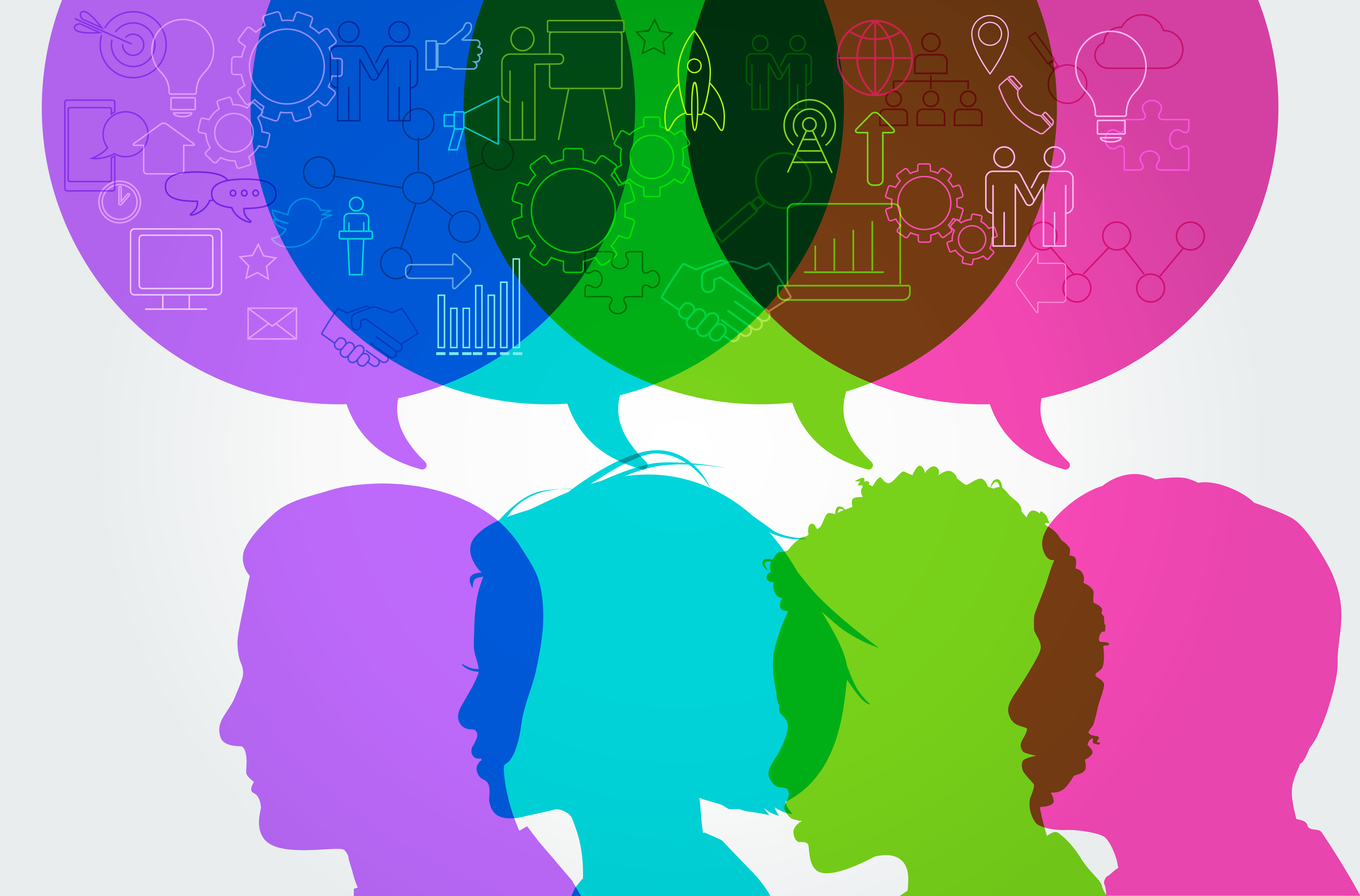

What’s Your Part in the Digital Workforce?

As a professional, we all are important in helping to accomplish the mission and goals of the organization. With the advancement of emerging technologies, such as Robotic Processing Automation (RPA), Artificial Intelligence (AI), Distributed Ledger Technology, and others, we're starting to see digitization play a more important role in how we carry out our work.
Recognizing the growth and future role of digitization, Financial Innovation and Transformation (FIT) has launched projects that aim to better understand how the impact of digitization can improve financial management and the government's interactions with its customers.
According to FIT's Executive Architect, Adam Goldberg, in a recent Federal News Network Panel on Robotic Processing Automation (RPA), he explained how Artificial Intelligence (AI) opens the door wider for agencies to cut improper payments, and how the Bureau of the Fiscal Service is moving the intelligent automation spectrum to create opportunities with machine learning.
"The goal is to train bots to use some of the same judgement that a human would use," he says.
The same can be said for distributed ledger technology. Back in 2018, FIT finished a successful proof of concept to track, manage and transfer mobile devices. Now it is moving on to more complex projects, such as understanding the role distributed ledger technology can play in increasing payment efficiency and transparency about grant payments.
Innovative Program Manager at FIT, Craig Fischer, explains in Federal Computer Week. "The program tokenizes electronic federal letters of credit sent out to grant recipients to help track the grant payments made to those recipients and make the transaction more secure." He adds, "The tokenization allows the agency to track the flow of grant money from federal coffers to grantees. Rather than a cash exchange, the token represents the payment that can be tracked more efficiently, with associated data including recipient identification, grant amount and key dates like when it was awarded."
Recently, at ACT-IAC's Jan. 22 Artificial Intelligence (AI)/Intelligent Automation (IA) forum, FIT's Management and Program Analyst, Jennifer Hill, shared that Treasury Department contact centers are spending 80,000 hours each year on calls that should not have required human interaction, but now the innovation team is using employee and citizen feedback to find emerging technology that can fix that.
"For us, mapping out that customer journey and identifying where those pain points were … really helped us look at where [technology] makes sense," she said. "This has really been a big culture change for us."
Now, Hill acknowledges that Treasury is building out the knowledge base for conversational AI to tackle some of these contact center frustrations using a human-centered approach.
So, what is your part in the digital workforce? Is it to stand back and let technology take over the world? No. As emerging technology continues to advance, changes will happen. But through a partnership, the human and digital workforce will work together and innovate by bringing something new that will help businesses like the federal government continue to thrive.
Sign-up with FIT to keep track of new innovative stories about federal agencies joining forces with technology which we report about in our blog series. Stay tuned!
To find out more about the Fiscal Service, visit fiscal.treasury.gov or follow us on LinkedIn, Twitter and Facebook.
